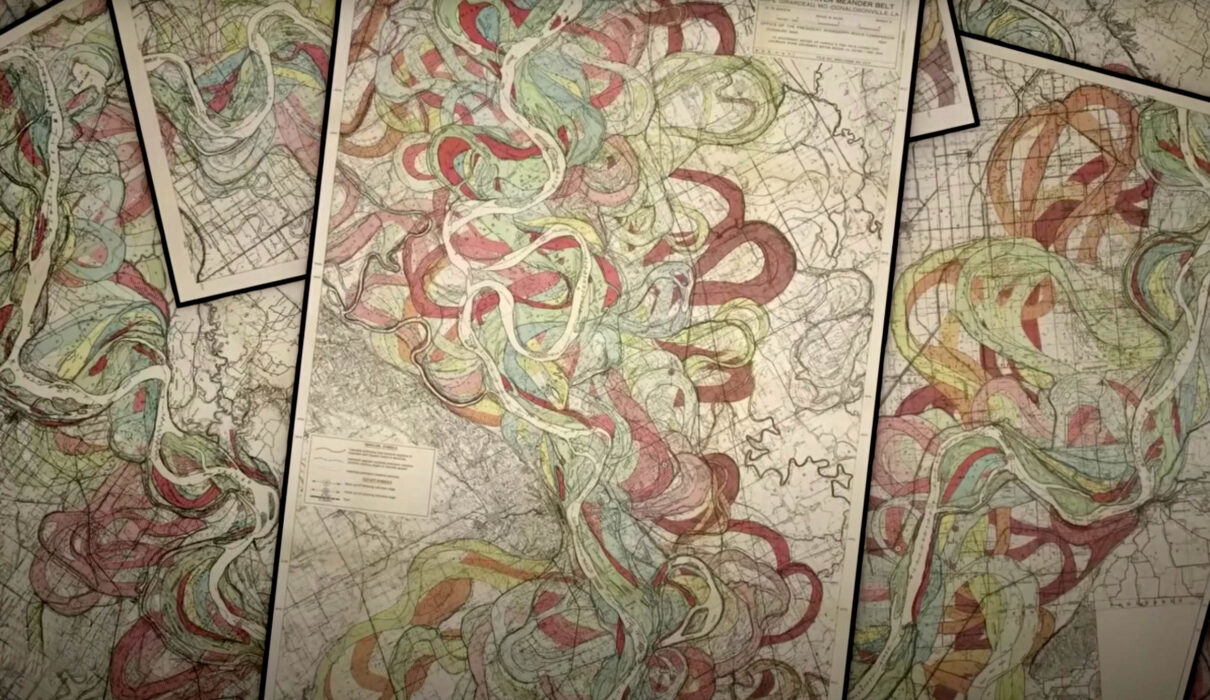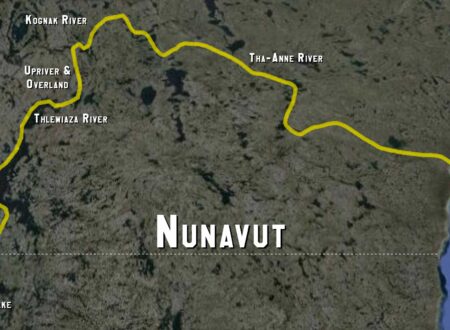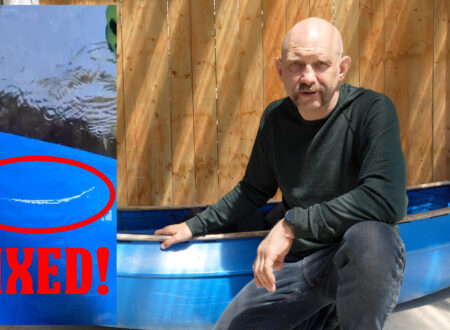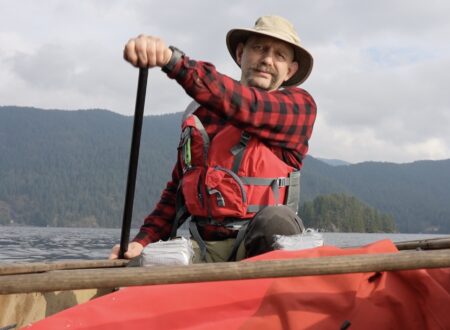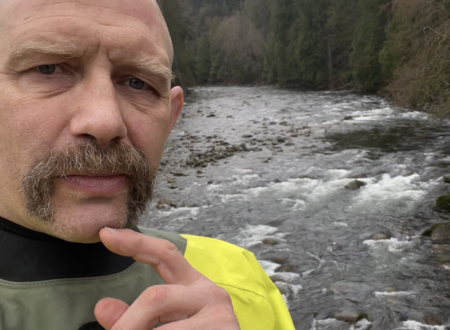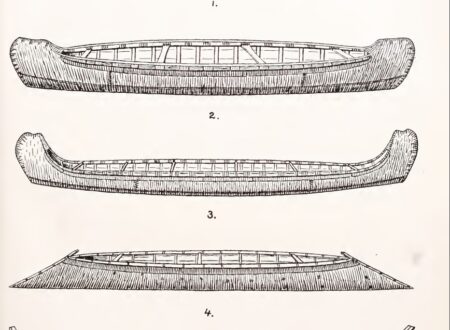A straight line may be the shortest distance between two points, but rivers seem to do everything they can to avoid flowing by the most direct route. Instead, they tend to twist into sinuous curves that snake across the landscape.
These repeating river bends are called ‘meanders’. These occur when the river removes sediment from the outside curve of a river and deposits it on the inside curve of a river. This series of cut banks (where the sediment is removed) and point bars (where the sediment is deposited) then change the shape of the river, and the result is one or more meanders that bend the river across the river valley.
Here is an excellent explanation of the science of meanders, dumbed down enough to be comprehensible to people without a detailed knowledge of fluvial physics. Check it out!
The next time you’re on a river look for the cut banks and point bars that form meanders. Cut banks are steeper slopes, usually on the outside of a river curving river because that’s where the thalweg (the deepest, fastest portion of the river) usually flows. Point bars typically occur on the inside corner of a curve, which makes sense since all paddlers know that the inside of a corner is usually the shallowest.
In the picture below, sand, silt and gravel are being removed from the cut bank on the right shore and are being deposited downriver on point bars similar to the left shore.
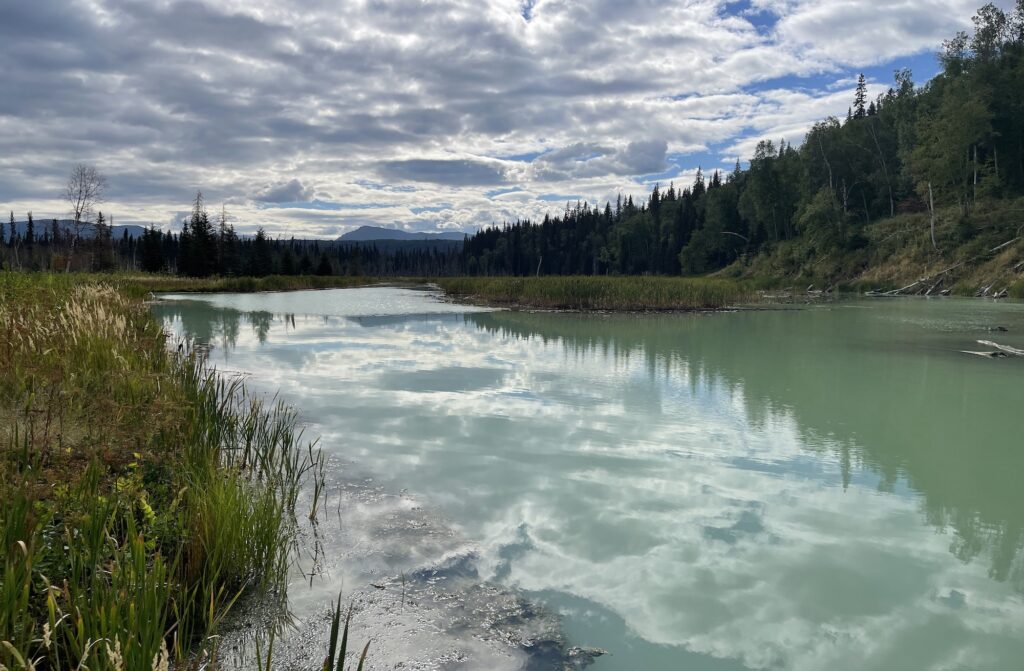
Meanders are dynamic features. Over time they migrate downriver, creating a landscape marked with old channels and oxbow lakes that have been pinched off from the main body of the river.
In this process, erosion occurring along the cut banks eventually cuts across to the next meander. At that point, a new channel is formed, and a newly-formed oxbow lake is left behind.
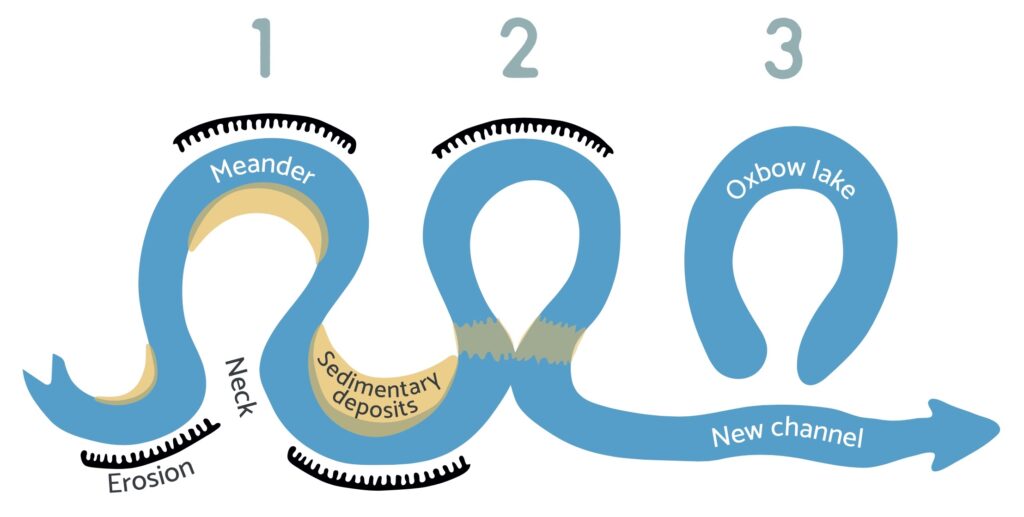
Without regular flow to keep the channel clear, over time, these oxbow lakes typically fill with sediment and slowly become swamps and wet forests. These features diversify the landscape and form important wildlife habitats.
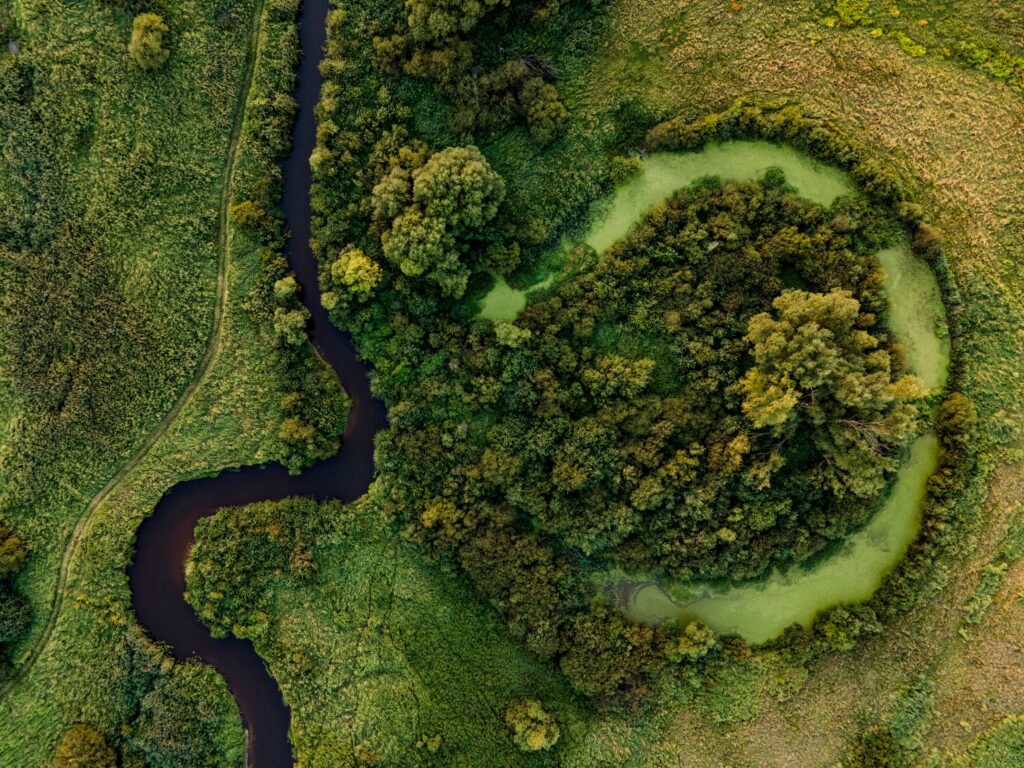
Understanding the landscape around you is important when you’re on a river. It allows you to predict where the water will be flowing faster and where it will be slower. It may allow you to find better campsites and better fishing sites. And, most importantly, it will connect you to the natural processes that are going on all around you and deepen your experience of the wilderness.


